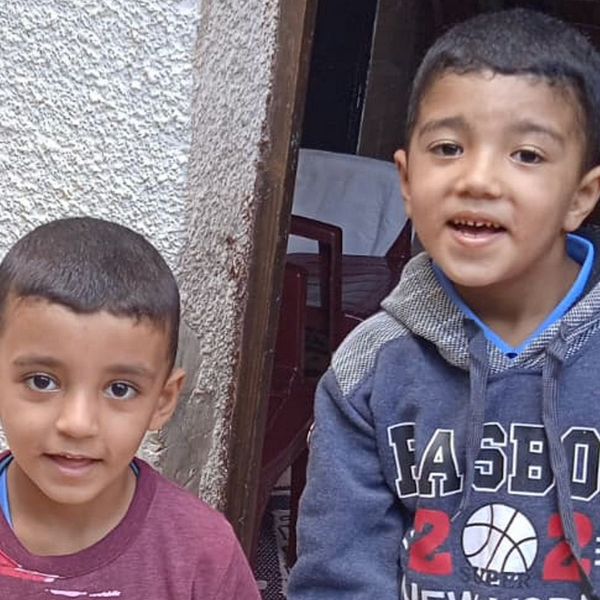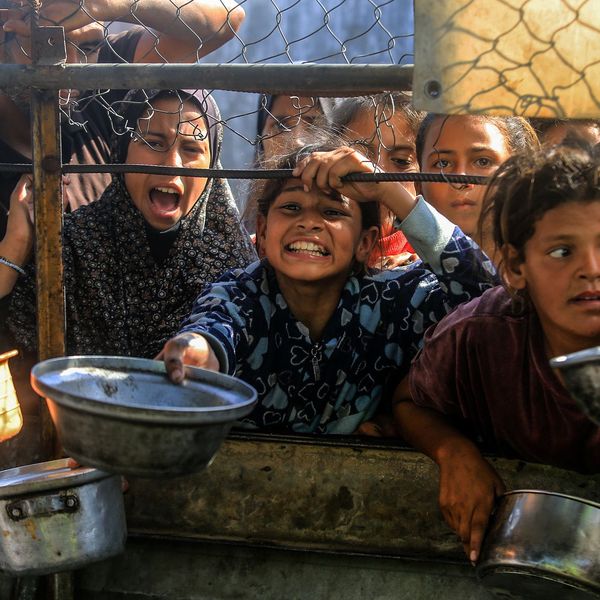Israel stands accused of perpetrating a series of war crimes during a sustained 12-hour assault on a village in southern Gaza last week in which 14 people died.
In
testimony collected from residents of the village of Khuza'a by the
Observer, it is claimed that Israeli soldiers entering the village:
- attempted to bulldoze houses with civilians inside;
- killed civilians trying to escape under the protection of white flags;
- opened fire on an ambulance attempting to reach the wounded;
- used indiscriminate force in a civilian area and fired white phosphorus shells.
If the allegations are upheld, all the incidents would constitute breaches of the Geneva conventions.
The
denunciations over what happened in Khuza'a follow repeated claims of
possible human rights violations from the Red Cross, the UN and human
rights organisations.
The Israeli army announced yesterday that
it was investigating "at the highest level" five other attacks against
civilians in Gaza, involving two UN facilities and a hospital. It added
that in all cases initial investigations suggested soldiers were
responding to fire. "These claims of war crimes are not supported by
the slightest piece of evidence," said Yigal Palmor, an Israeli foreign
ministry spokesman.
Concern over what occurred in the village of
Khuza'a in the early hours of Tuesday was first raised by the Israeli
human rights group B'Tselem. Although an Israeli military spokesman
said he had "no information that this alleged incident took place",
witness statements collected by the Observer are consistent and match
testimony gathered by B'Tselem.
There is also strong visible
evidence that Khuza'a came under a sustained attack from tanks and
bulldozers that smashed some buildings to pieces.
Pictures taken
by photographer Bruno Stevens in the aftermath show heavy damage - and
still burning phosphorus. "What I can tell you is that many, many
houses were shelled and that they used white phosphorus," said Stevens
yesterday, one of the first western journalists to get into Gaza. "It
appears to have been indiscriminate." Stevens added that homes near the
village that had not been hit by shell fire had been set on fire.
The
village of Khuza'a is around 500 metres from the border with Israel.
According to B'Tselem, its field researcher in Gaza was contacted last
Tuesday by resident Munir Shafik al-Najar, who said that Israeli
bulldozers had begun destroying homes at 2.30am.
When Rawhiya
al-Najar, aged 50, stepped out of her house waving a white flag, so
that the rest of the family could leave the house, she was allegedly
shot by Israeli soldiers nearby.
The second alleged incident was
on Tuesday afternoon, when Israeli troops ordered 30 residents to leave
their homes and walk to a school in the village centre. After
travelling 20 metres, troops fired on the group, allegedly killing
three.
Further detailed accounts of what occurred were supplied
in interviews given to a Palestinian researcher who has been working
for the Observer, following the decision by Israel to ban foreign media
from the Gaza Strip. Iman al-Najar, 29, said she watched as bulldozers
started to destroy neighbours' homes and saw terrified villagers flee
from their houses as masonry collapsed.
"By 6am the tanks and
bulldozers had reached our house," Iman recalled. "We went on the roofs
and tried to show we were civilians with white flags. Everyone was
carrying a white flag. We told them we are civilians. We don't have any
weapons. The soldiers started to destroy the houses even if the people
were in them." Describing the death of Rawhiya, Iman says they were
ordered by Israeli soldiers to move to the centre of the town. As they
did, Israeli troops opened fire. Rawhiya was at the front of the group,
says Iman.
Marwan Abu Raeda, 40, a paramedic working for the
Nasser hospital in Khan Younis, said: "At 8am we received a phone call
from Khuza'a. They told us about the injured woman. I went immediately.
I was 60 or 70 metres away from the injured woman when the Israeli
forces started to shoot at me." As he drove into another street, he
came under fire again. Twelve hours later, when Rawhiya was finally
reached, she was dead.
Iman said she ended up in an area of
rubble where a large group of people had sought cover in a deep hole
among the debris of demolished houses. It is then, she says, that
bulldozers began to push the rubble from each side. "They wanted to
bury us alive," she said.


